
In 1997, Square (which was yet to become Square Enix) released Final Fantasy VII on PlayStation 1, the first 3D game in the series. Cloud’s epic tale went on to become one of the best-known titles and best-received games ever on the PlayStation 1. It was a critical success, with over 12 million lifetime sales across platforms.
Final Fantasy VII was the first title in the series to release on fifth-generation console hardware. Development started as early as 1994, before the PlayStation 1 even made it to the market. The game featured a team with over 100 members, the largest dev team for any game till date.
In-game technology decided Final Fantasy VII’s platform, not the other way around
In today’s world, platform hardware tends to take precedence over the ambition of a developer’s vision for a game. We’ve, in all honesty, yet to see another Crysis moment, where an ambitious team simply throws caution to the wind and builds the best looking, most technically advanced title they could. A lot of this has to do with the homogenization of platform technology. PC, the PlayStation 4, and the Xbox One all run on common x86-based hardware. The differentiators are more in terms of scale–how fast the CPU and GPU are, and how much memory is available. This means that a game can readily be developed on one platform and then scaled as needed.
This wasn’t quite the case in the mid-1990s. The fifth-generation brought with it a startlingly diverse selection of console hardware. The Sega Saturn was optimized for 2D platformers, with games like Princess Crown and Street Fighter 2 featuring incredibly detailed sprites. The late-coming Nintendo 64 was the performance powerhouse of the generation. However, it’s cartridge-based storage meant that developers were restricted to, at most 64 MB. The PlayStation 1 didn’t offer as much raw performance as the N64. However, it utilized CD-ROM storage, allowing for games as large as 700 MB.
This turned out to be a crucial factor for Square. Final Fantasy VII is known for its lengthy, extensive pre-rendered cutscenes. It was one of the earliest games–apart from Metal Gear Solid 1, another PlayStation 1 title–to do this. The nearly 1 hour of CGI cutscenes delivered a depth of story that was simply not seen elsewhere. To put things in comparison, Quake II, a shooter released the same year had six minutes of story, in between shooting hordes of Strogg. Apart from this, the large number of animated pre-rendered backgrounds also took up a considerable amount of space. All in all, the game was 1.7 GB in size. The largest commercially available PC hard disks at the time were in the sub-10 GB range. CD-ROM technology was the only way that a game of this size could have existed at that point in time.
Final Fantasy VII’s pre-rendered backgrounds: compromise or innovation?
Final Fantasy VII wasn’t by any measure the first game to leverage pre-rendered backgrounds. This was an important technological stop-gap that we see in a number of mid-90s titles. Console (and PC) hardware at the time simply wasn’t powerful enough to render in thousands of polygons for in-game characters and the backgrounds in the nascent 3D games of the time. Making the player character a sprite wouldn’t work for obvious reasons. This was something that later games on constrained platforms like the Gameboy Advance attempted in titles like Driver 2, with horrific results. Instead, the polygon budget would be lavished on the characters themselves. In Final Fantasy VII, for instance, the Behemoth boss was made up of 2000 polygons: this is one of the highest polygon count for a 3D model in any PlayStation 1 game–or any fifth-gen title for that matter. This was made possible only because of the game’s reliance on pre-rendered backgrounds. Final Fantasy VII uses over 700 animated, pre-rendered backgrounds. These were authored in 3D modeling software, then converted to 320 x 224 background images. The pre-rendered assets were built by Square on Onyx supercomputers, the only hardware at the time that could handle 3D assets of that fidelity.
The pre-rendered assets were of the same resolution on both the PlayStation 1 and PC versions, meaning that PC gamers did not benefit from running at a higher resolution. T
Interestingly, however, this limitation was flipped on its head recently. By utilizing the ESRGAN AI image upscaling algorithm, Final Fantasy VII modders took the original 320 x 224 assets, upscaled them to a significantly higher resolution. The low-resolution presentation was actually an advantage, in a way: the original Final Fantasy VII art team had to design relatively clean artwork without much high frequency detail to be presentable at that low resolution: this made for excellent upscaling results 20 years down the line.
Fixed camera angles: enhanced presentation and performance
Final Fantasy VII makes use of fixed camera angles. Much as in games like Resident Evil 3, the player can’t adjust the camera angle themselves. Like pre-rendered backgrounds, using fixed camera angles in third-person titles was a fairly common design decision in mid-1990s titles. 1992’s Alone in the Dark, the first 3D survival horror game, pioneered this approach. Fixed camera angles had two major advantages. From a design perspective, they allowed developers to control what players would see in a scene. In parts of Final Fantasy VII, fixed camera angles played a major role in conveying a sense of scale, by pulling back the camera and exposing the size of the surrounding environment. What was just as important, though–and especially so when it came to getting games to run on fifth-gen hardware–was that fixed camera angles allowed developers to manage performance and visuals on a scene by scene basis. And, of course, in a game like Final Fantasy VII that made extensive use of pre-rendered backgrounds, fixed camera angles ensured that the volume of assets could be kept in control: if a player-controlled camera was implemented, Square would have had to author separate art assets for every angle, which would have further ballooned the game’s file size.
Audio: built around the PlayStation 1’s audio capabilities
Enhanced audio design was a major step forward, made possible by the superior audio hardware in the PlayStation 1. Because of the use of CD-ROM storage, Square’s initial plan had been to use a high-quality pre-recorded soundtrack. Unfortunately, initial experiments with this approach resulted in excessive loading times. Instead, Square made use of the 24-channel sound sequencer in the PlayStation 1–there were 16 more audio channels to use here than 8-channel sound sequencer found in the SNES, the earlier platform of choice for the Final Fantasy titles. While the soundtrack wasn’t of pre-recorded quality, Nobuo Uematsu’s work on tracks like One Winged Angel remains iconic.
Conclusion
While Final Fantasy VII has since released on just about every platform imaginable–including iOS and Android, it’s hard to talk about the game without talking about the PlayStation 1. Even though a PC port arrived soon after, this was a game that fundamentally built around the strengths and weaknesses of Sony’s first gaming console. The PlayStation 1’s CD-ROM storage was utilized in several ways–both for storing cutscenes and allowing for detailed pre-rendered backgrounds. The consoles 3D-capable hardware was also leveraged for impressive-at-the-time real-time 3D graphics. The game and the techniques utilized–including fixed camera angles and pre-rendered backgrounds–haven’t exactly aged well. But this only makes us more excited to see what the Final Fantasy 7 Remake has in store.








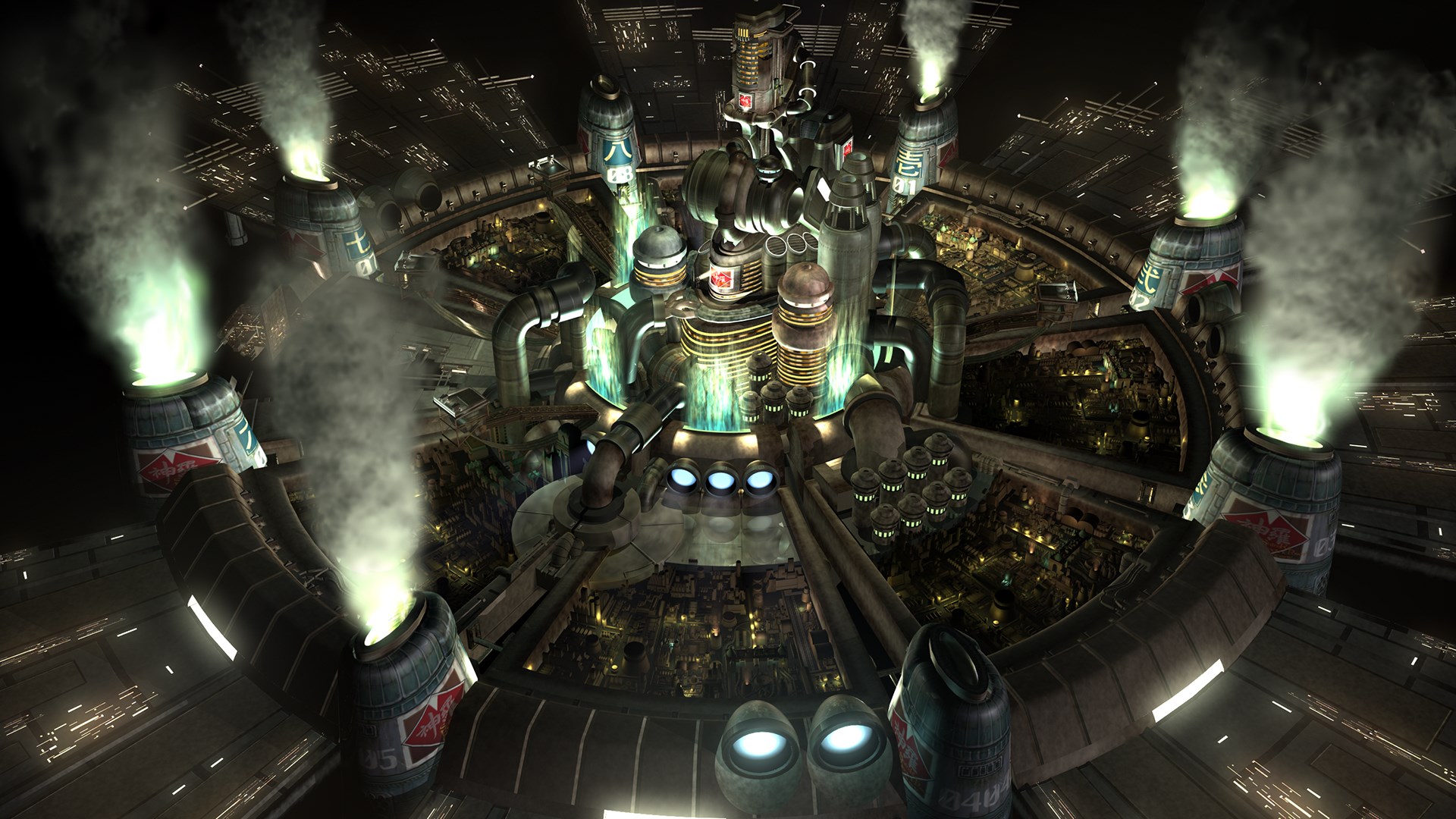
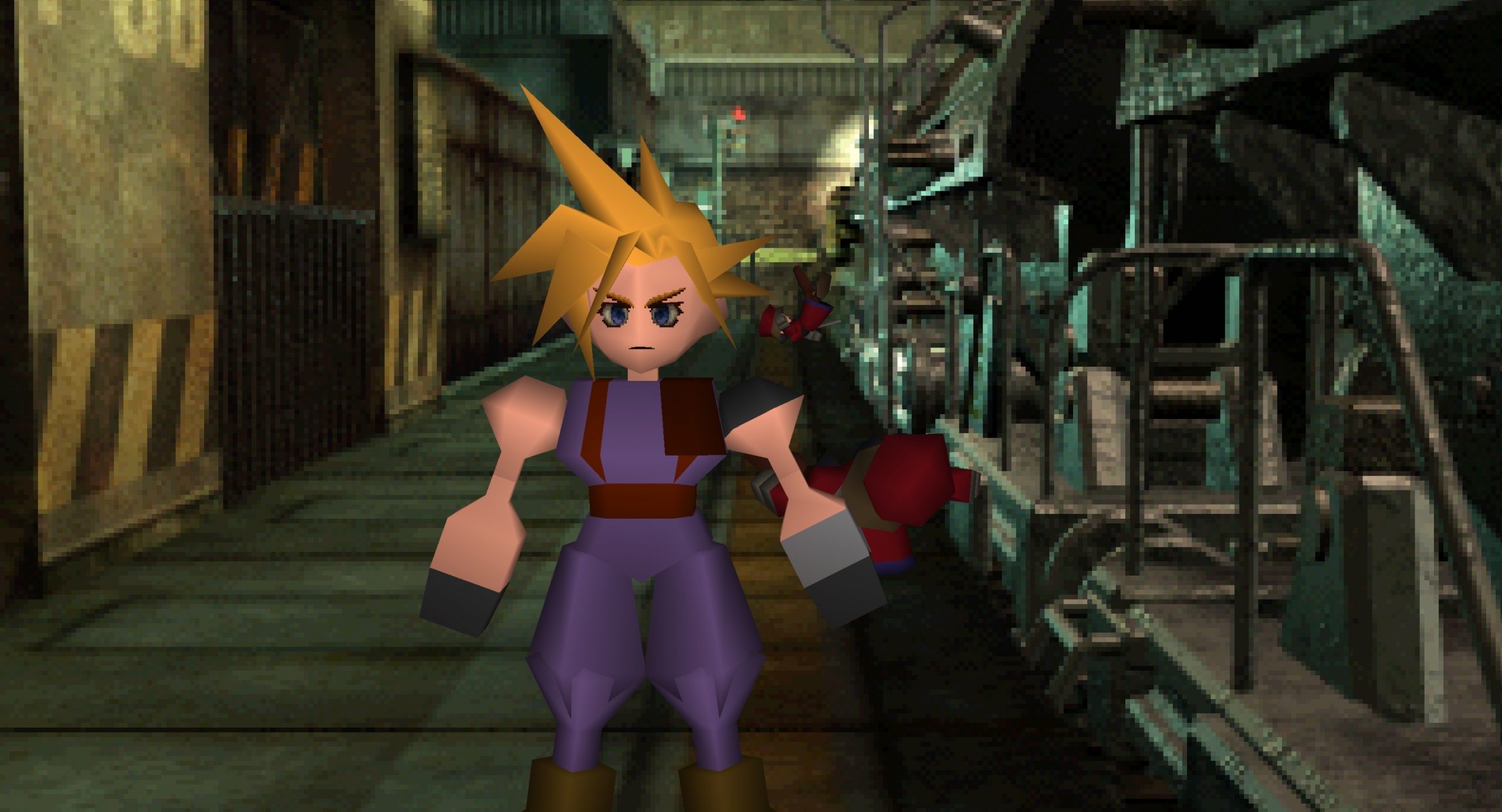
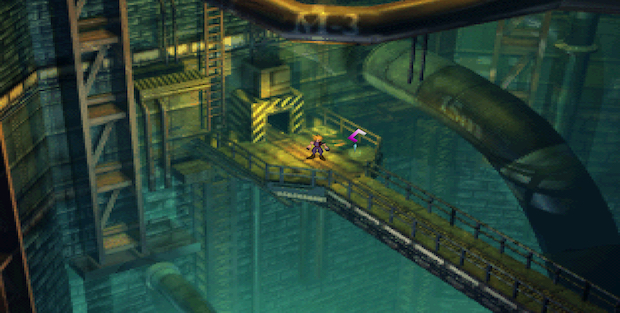
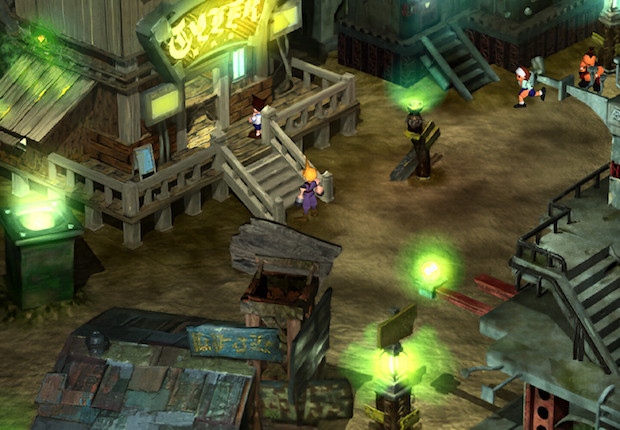

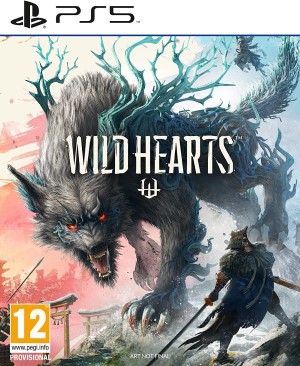



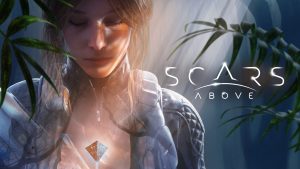
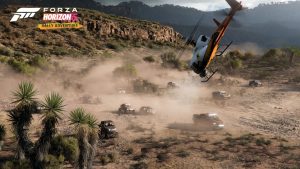
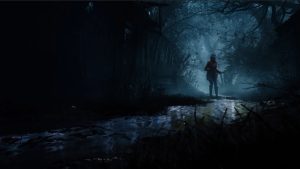

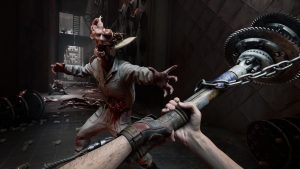
Share Your Thoughts Below (Always follow our comments policy!)